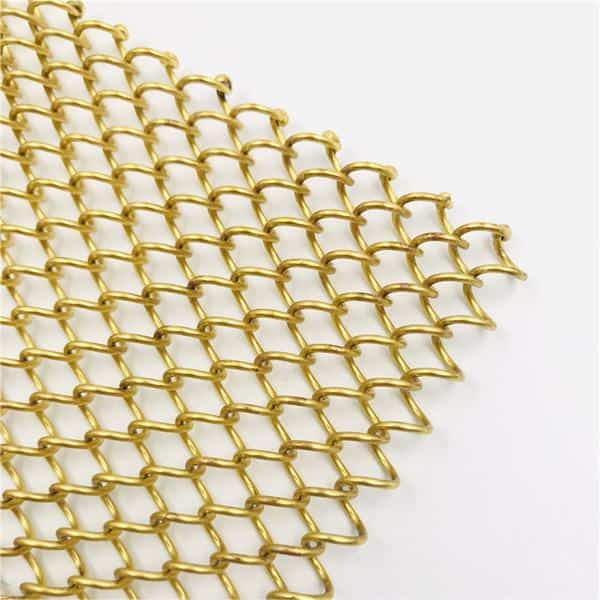Understanding Architectural Mesh
Architectural mesh is a type of wire mesh that is used for decorative or functional purposes. It is made up of woven or welded wires that are arranged in a specific pattern to create a unique texture or visual effect. Architectural mesh can be made from a variety of materials, including stainless steel, aluminum, copper, and brass.

Materials Used for Architectural Mesh
Stainless Steel
Stainless steel is one of the most popular materials used for architectural mesh. It is durable, corrosion-resistant, and offers a sleek and modern look. Stainless steel mesh can be finished in a variety of ways, including brushed, polished, and matte.

Aluminum
Aluminum mesh is lightweight, easy to install, and has good corrosion resistance. It is also an excellent choice for applications that require a high level of transparency.

Copper
Copper mesh offers a warm and unique look that is ideal for high-end applications. It is also durable and has good corrosion resistance. However, it is more expensive than other materials and requires more maintenance to prevent tarnishing.

Brass
Brass mesh offers a classic and timeless look that is ideal for historic and traditional buildings. It is also durable and has good corrosion resistance. However, it is more expensive than other materials and requires more maintenance to prevent tarnishing.

Choosing the Right Material
When selecting the right material for architectural mesh, it is important to consider several factors, including the application, the environment, and the aesthetic appeal.
Application
The application will determine the type of material that is most suitable. For example, stainless steel mesh is ideal for exterior applications where durability and corrosion resistance are important, while copper mesh is better suited for interior applications where aesthetics are a top priority.

Environment
The environment will also play a role in selecting the right material. For example, if the mesh is being used in a coastal area, a material with good corrosion resistance, such as stainless steel, would be the best choice.

Aesthetic Appeal
Finally, the aesthetic appeal of the material should also be considered. Each material has its own unique look and feel, and it is important to choose a material that complements the overall design of the project.

